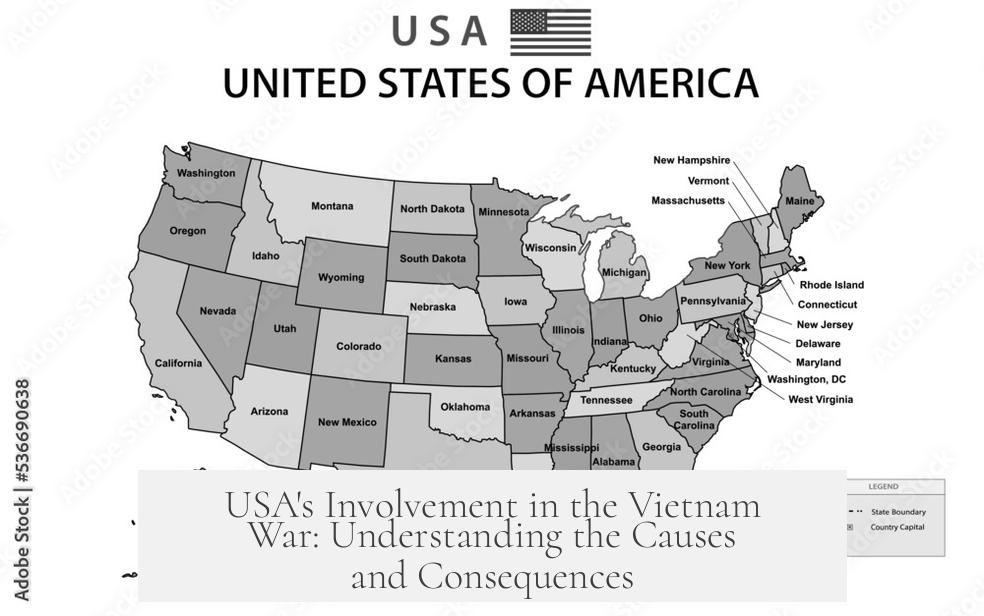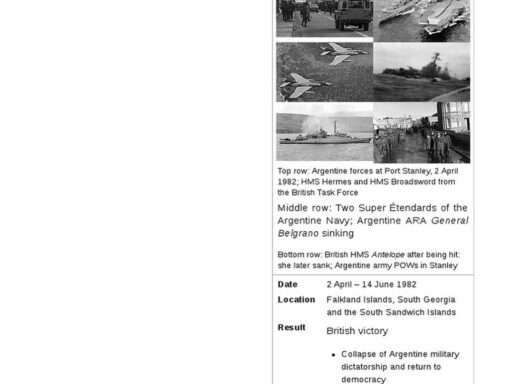The United States went to war with Vietnam to support South Vietnam in a civil conflict and prevent the spread of communism in Southeast Asia during the Cold War. This involvement aimed to stop the expansion of communist influence backed by the Soviet Union and China, reflecting broader geopolitical concerns.
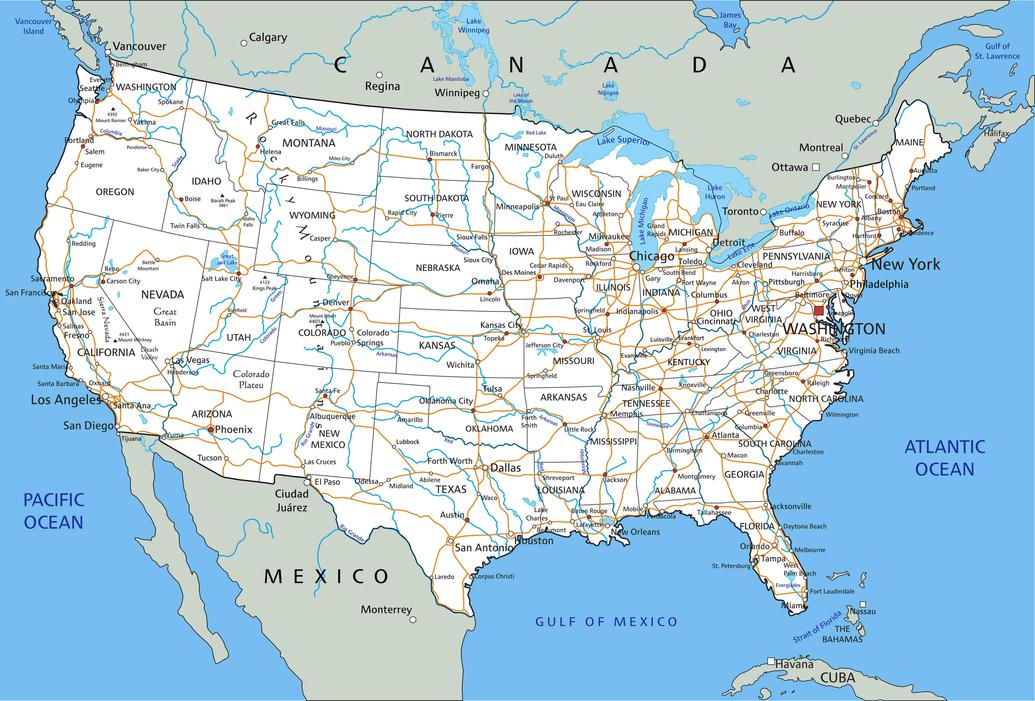
Vietnam was divided into two states: communist North Vietnam, supported by the USSR and China, and non-communist South Vietnam, backed by the US. The war started as a proxy conflict reflecting the tensions of the Cold War.
The US sought to preserve South Vietnam as an independent, non-communist country. American leaders feared a communist victory would lead to the “Domino Effect,” where neighboring countries in the Indo-Pacific region would fall to communism.

In response, the US increased political and military aid to South Vietnam. Initially, this involved sending military advisors. Over time, direct combat participation escalated.
By 1965, the US military was fully engaged in combat alongside South Vietnamese forces. Other allied countries like South Korea and Australia also contributed troops. Despite the intensity of fighting, no formal declaration of war occurred.
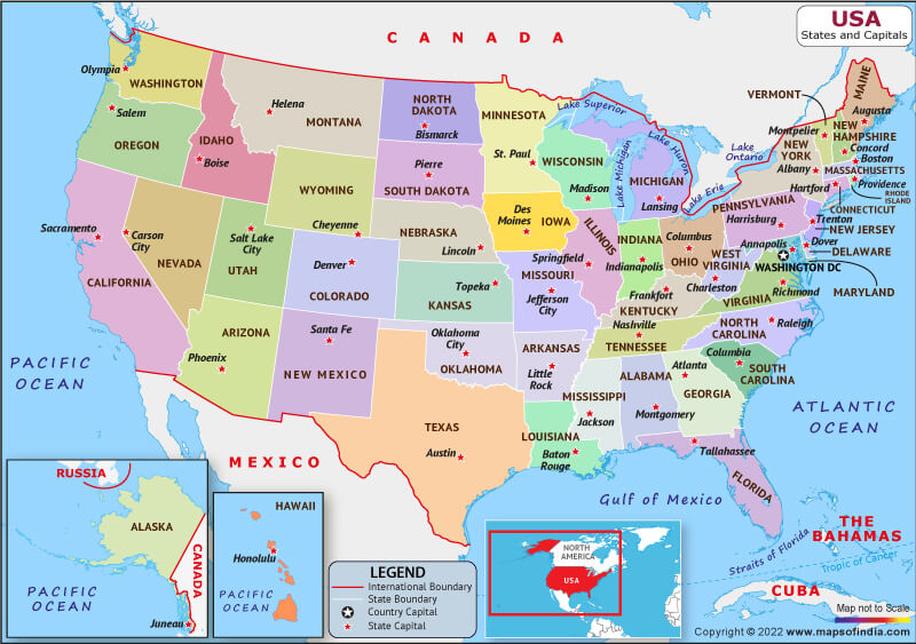
Key elements of US involvement include:
- Support for South Vietnam during the civil war against communist North Vietnam.
- Efforts to prevent communist expansion during the Cold War.
- The war functioning as a Cold War proxy battle with Soviet and Chinese backing of the North.
- Gradual escalation from advisory roles to full combat missions by US forces.
- The broader fear known as the Domino Theory driving US policy.
This complex conflict reflected broader Cold War dynamics rather than a simple bilateral war. The US role was part of a strategic effort to contain communism and maintain influence in Southeast Asia.
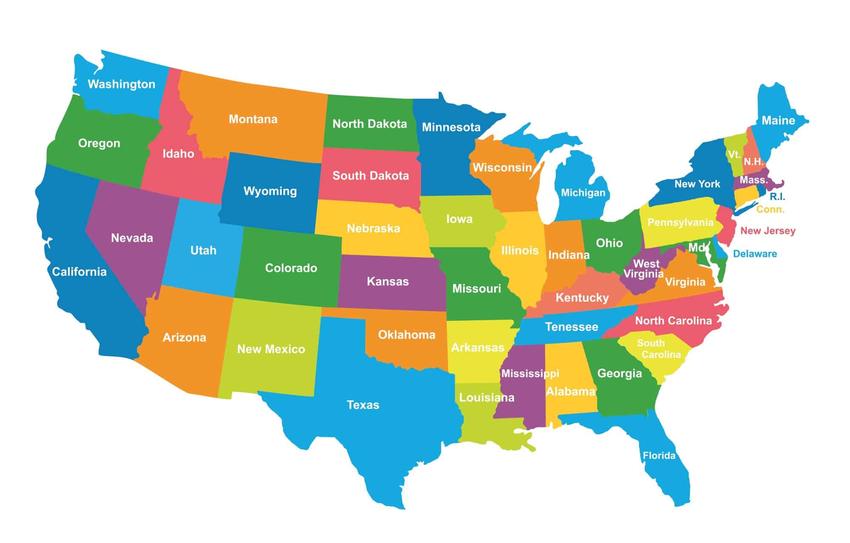
Why Did the USA Go to War with Vietnam? Unpacking a Complex Conflict
So, was the USA actually “at war with Vietnam”? Well, not quite. The reality is more tangled. American troops fought alongside South Vietnam during a civil war within Vietnam itself. Yes, it sounds complicated, but stick with me here as we unravel why the United States got involved in this prolonged conflict and what motivated their military engagement.
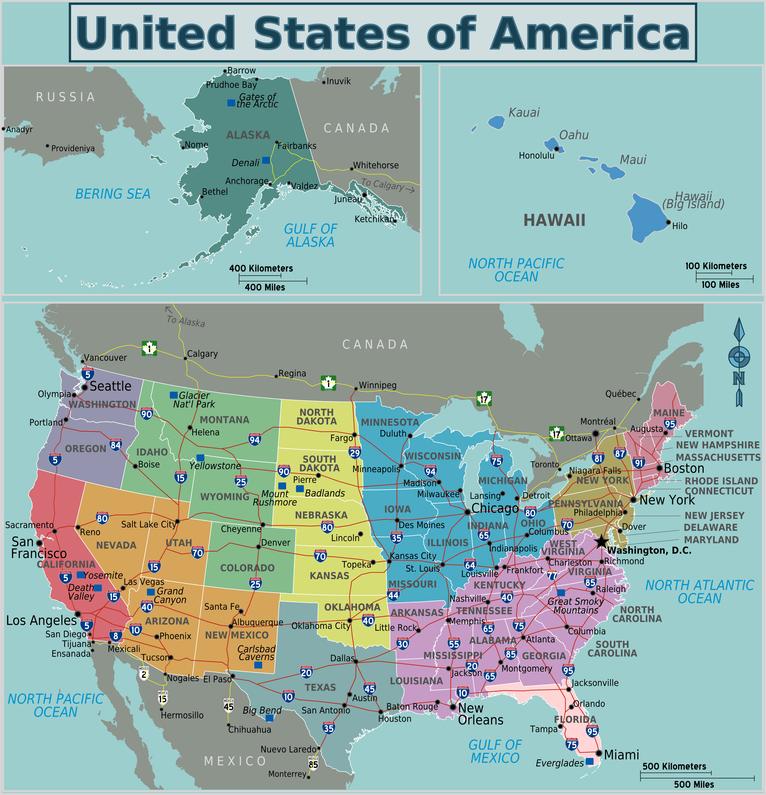
Let’s dive into the question with clarity first: The USA did not invade or declare war on Vietnam as a whole. Instead, America intervened to support South Vietnam in its fight against the North Vietnamese communist regime. The goal was clear—to prevent the spread of communism in Southeast Asia by preserving a non-communist South Vietnam. But how did this complicated situation arise, and what kept America involved for so long? Read on to discover that story.
The Nature of the Conflict: A Civil War with Global Stakes
Vietnam in the 1960s was not a single country unified by agreement but two opposing states. To the north was the Democratic Republic of Vietnam (North Vietnam), a communist state backed by the Soviet Union and China. To the south, the Republic of Vietnam (South Vietnam), which was non-communist and received significant support from the United States.
The war wasn’t simply about American vs. Vietnamese forces. The conflict was essentially a Vietnamese civil war. The US entered as an ally supporting South Vietnam’s government against the communist North and the Viet Cong insurgents. These insurgents sought to reunify Vietnam under communist rule.
Cold War Context: A Proxy Battlefield
Why did America pick sides in this to-make-or-break struggle? The answer lies deep within Cold War anxieties. The USA viewed the Vietnam conflict as a proxy war, a battleground where global superpowers fought indirectly by backing local forces rather than sending their own armies outright. This was typical during the Cold War era, much like the Korean War before it.
North Vietnam’s communism aligned with Soviet and Chinese interests, while South Vietnam attracted US support to block communist expansion. Neither the Soviet Union nor China sent massive ground troops, but their aid to the north was substantial.
The Domino Theory and Escalation
Here’s where it gets strategic. American officials feared that a communist takeover in Vietnam would trigger a “Domino Effect.” If one country in Southeast Asia fell to communism, others might soon follow.
This theory prompted Washington to escalate its involvement in the early 1960s.
- Initially, the US provided military advisors and political support to South Vietnam.
- By 1965, significant US combat troops joined the fight, marking large-scale engagement.
- Other allies like South Korea and Australia contributed forces as well.
There was never a formal US declaration of war, but the fighting was intense and sustained. The American presence grew, transforming what started as advisory support into a direct combat operation.
Timeline and Scope of the Conflict
The Vietnam War, as popularly known in the United States, typically refers to the time span between 1965 and 1975, when American military involvement peaked. However, Vietnam experienced continuous warfare from the end of World War II through to the early 1980s.
To complicate matters further, after the US withdrawal in 1973, Vietnam went on to reunify under the communist government and later faced a brief war with China. This shows the conflict’s deep roots and lasting regional impact.
What Can We Learn From This Complex History?
Understanding why the USA went to war with Vietnam means recognizing this was less a straightforward fight between two countries, and more a complicated struggle within Vietnam, intensified by Cold War dynamics.
Here are some key takeaways:
- The conflict was internal: The war reflected a split within Vietnam itself, with North and South at odds over ideology and governance.
- It was a proxy war: Global powers fought by proxy, using Vietnam as a stage to push their political agendas without risking direct confrontation.
- The US fear of communism drove policy: The Domino Theory shaped American decisions, leading to increased commitment despite rising costs and casualties.
Without this context, it’s easy to oversimplify the Vietnam War as mere American interventionism. But the war was a product of competing ideologies, local nationalism, and a global Cold War framework that turned Vietnam into a hotbed of international tension.
Final Thoughts: Why Does This Matter Today?
The Vietnam War remains one of the most controversial chapters in US foreign history. It serves as a cautionary tale about intervening in civil conflicts where the stakes involve geopolitics, ideology, and national sovereignty.
When thinking about modern conflicts, ask yourself: How often are local disputes amplified by external powers with ideological motives? And can history’s lessons on proxy wars help avoid prolonged suffering?
By understanding why the USA went to war with Vietnam, we gain insights into the complexities of international relations and the dangers of viewing conflicts through purely ideological lenses. It’s a story of tangled interests, misjudged strategies, and the high human cost of global power struggles.
So no, the USA didn’t technically go to war with Vietnam as one country—rather, it stepped into a Vietnamese civil war to halt communist expansion during the Cold War, resulting in a long, costly, and deeply impactful conflict for both nations.

